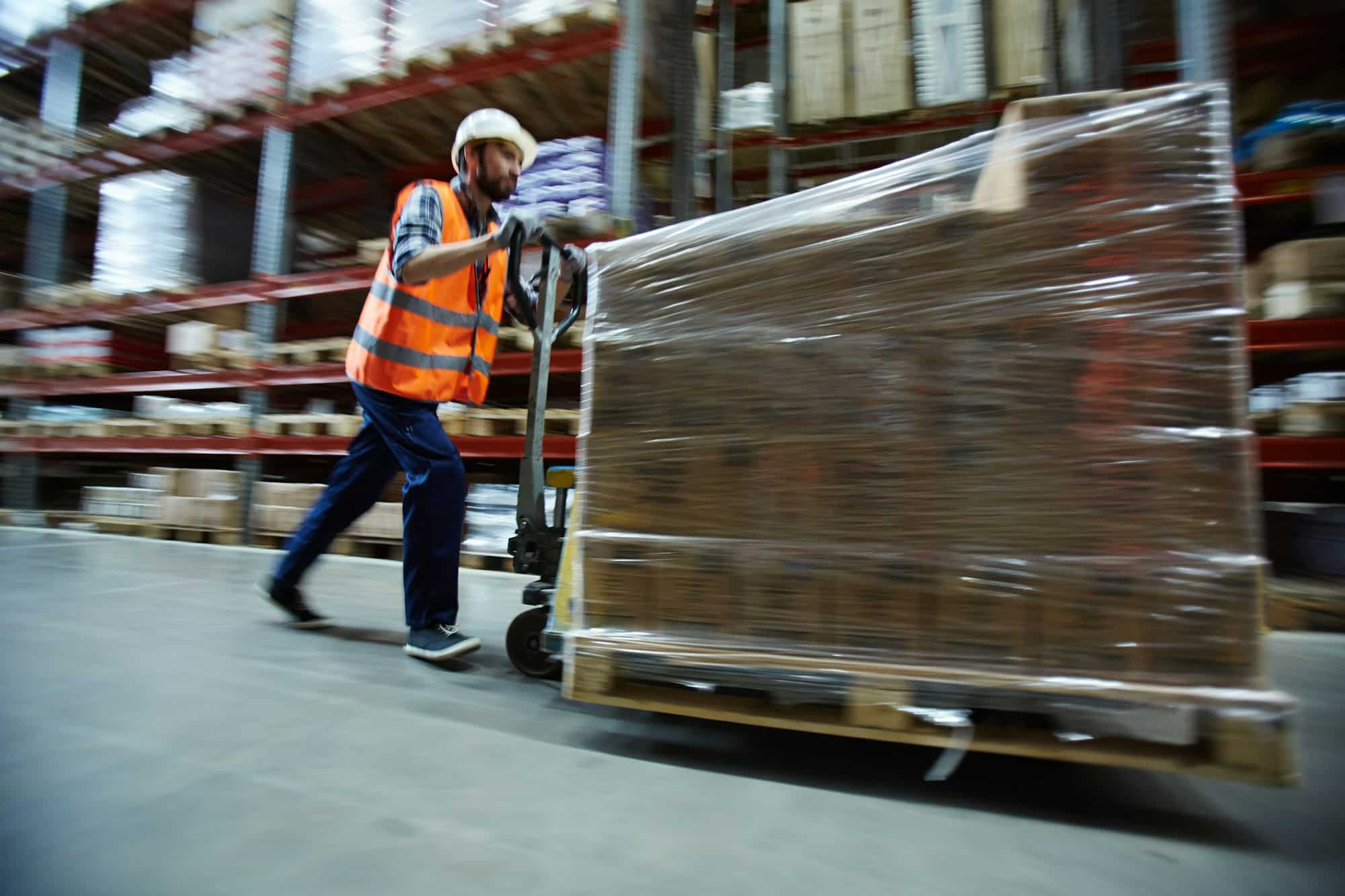Logistics: optimization of container and truck loading with efficient strapping

Freight transportation is a very important part of the supply chain. Optimizing container and truck loading is essential to maximize space and minimize costs, while ensuring cargo security. Strapping, a proven consolidation technique, plays a central role in optimizing loading. Here are the details relating to this technique.
Advantages of strapping for loading optimization
Strapping has multiple advantages for optimizing the loading of containers and trucks.
A lire aussi : Buy or sell with an expert real estate agent Longueuil
Load stabilization
Strapping secures goods by holding them firmly in place. This reduces the chance of movement during transport, minimizing potential damage to the cargo and the walls of the container or truck. To confirm this information, go to this site.
Maximizing space utilization
By keeping loads compacted, strapping optimizes the space available in containers and trucks. This increases loading capacity and reduces the number of trips required, thereby reducing costs and CO2 emissions.
En parallèle : What Are the Best Tips for Maintaining a High-Mileage Vehicle?
Cost reduction
Strapping helps minimize cargo damage and delivery delays, two factors that can generate significant costs. Additionally, by optimizing loading space, strapping reduces the number of trips required, representing a substantial saving on transport costs.
Increased security
Strapping reinforces the safety of the load by keeping it stable and reducing the risk of falling. This reduces the risk of accidents and injuries for handlers and drivers.
Choosing the right strapping solution
The choice of strapping solution depends on several factors.
The type of merchandise
Fragile products require more flexible and protective strapping, while sturdy products can be strapped with more economical solutions.
The weight and size of the load
The strapping must be strong enough to support the weight of the load and maintain its shape during transport.
Transport conditions
The strapping must be adapted to the climatic conditions and vibrations encountered during transport.
Different strapping solutions exist
First of all, manual strapping constitutes an economical solution suitable for small volumes of goods. Although it is more affordable in terms of initial costs, this method is characterized by a certain slowness and less ergonomics, requiring additional physical effort on the part of the operators.
However, for small businesses or small one-off shipments, manual strapping may be a viable option.
Then, semi-automatic strapping offers an interesting compromise between efficiency and cost for average volumes of goods. This method combines some automation of the strapping process with human intervention to power and control the machine.
It thus makes it possible to accelerate the process while maintaining a certain flexibility and in particular dependence on physical force.
Finally, automatic strapping represents the optimal solution for large volumes of goods, offering great speed and maximum efficiency. This fully automated system can be integrated into production or packaging lines, allowing rapid and precise strapping of packages without significant human intervention.
Although the initial cost is higher, this method can generate long-term savings through its increased productivity and reduced human errors.
Tips for effective strapping
The choice of strapping solution will depend on several factors and for effective strapping, you must above all put into practice a few important tips:
- use the right type of strap: choose the material, width and thickness suited to the load and transport conditions;
- apply the appropriate tension: the strapping must be sufficiently taut to hold the load in place without damaging it;
- protect fragile products: use corners and guards to prevent damage to fragile products;
- respect the safety instructions: follow the strap manufacturer’s instructions and use the appropriate protective equipment…
Strapping is a simple and effective technique for optimizing the loading of containers and trucks. By choosing the right strapping solution and using it correctly, companies can improve cargo security, maximize cargo space and reduce transportation costs.
